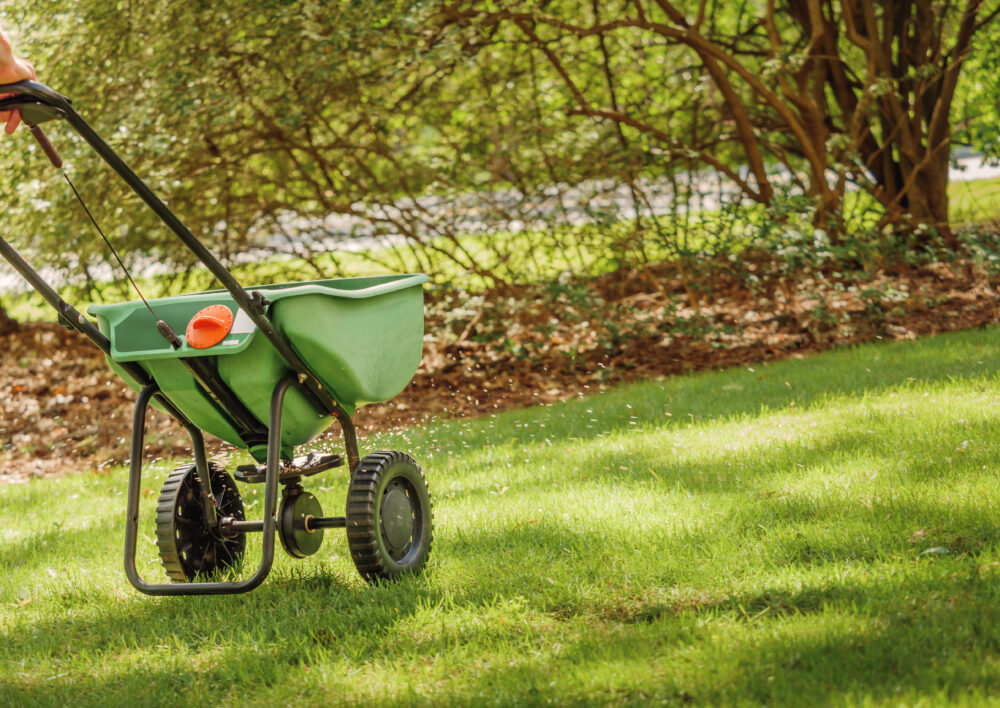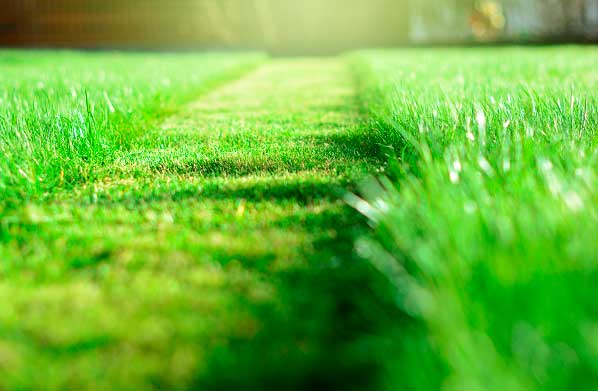The Importance of Fertilization for a Healthy Lawn
A healthy lawn is the cornerstone of any well-maintained property. Not only does a luscious, green lawn add visual appeal to your home or business, but it also provides a safe and comfortable place for outdoor activities and can even increase the value of your property. While proper watering and mowing are essential for maintaining a healthy lawn, fertilization is also an important factor to consider. In this blog post, we’ll discuss the importance of fertilization for a healthy lawn and provide tips and resources for achieving optimal results.

What is Fertilization?
Fertilization is the process of adding nutrients to soil to promote plant growth. Lawns, like any other plants, require a variety of nutrients to thrive. These nutrients can come from a variety of sources, including organic matter, compost, and commercial fertilizers.
There are three primary nutrients that lawns need in order to grow: nitrogen, phosphorous, and potassium (also known as NPK). Nitrogen is essential for leaf growth and helps the lawn stay green. Phosphorous helps with root growth and the development of new plants. Potassium helps with overall plant health and disease resistance.
Why is Fertilization Important?
Fertilization is important for a healthy lawn because it helps the grass get the nutrients it needs to grow and thrive. Without adequate fertilization, your lawn may become thin, patchy, and prone to pests and diseases.
There are several factors that can contribute to a lawn’s nutrient deficiency, including:
- Soil type: Different soil types have varying nutrient levels and pH levels, which can affect how well your lawn absorbs nutrients.
- Climate: Depending on where you live, your lawn may be exposed to extreme weather conditions that can deplete soil nutrients.
- Traffic: Regular foot traffic or heavy equipment can compact soil, making it harder for grass to access nutrients.
- Pests and diseases: Pests and diseases can weaken the grass, making it more vulnerable to nutrient deficiencies.
By regularly fertilizing your lawn, you can help ensure that it has access to the nutrients it needs to remain healthy and strong.
When to Fertilize
The timing of fertilization is important for optimal results. In general, it’s best to fertilize your lawn during the active growing season, which is typically spring and fall in most climates.
Spring fertilization helps your lawn recover from winter stress and prepares it for the growing season ahead. Fall fertilization helps the grass absorb nutrients before winter dormancy and promotes strong root growth.
It’s also important to consider the specific needs of your grass type and climate. Cool-season grasses, such as bluegrass and fescue, typically grow best in the cooler months and may benefit from spring and fall fertilization. Warm-season grasses, such as Bermuda and St. Augustine, grow best in the warmer months and may only require one application of fertilizer per year.
In conclusion, fertilization is an important aspect of maintaining a healthy lawn. By providing your grass with the nutrients it needs, you can help it grow strong and resist pests and diseases. Proper fertilization can also improve the appearance and value of your property. When fertilizing your lawn, it’s important to consider factors such as soil type, climate, and grass type, as well as the timing of application. By following these guidelines and using the appropriate methods, you can help ensure that your lawn is well-nourished and able to thrive. Call us at Abracadabra for your fertilization and lawn care needs!

